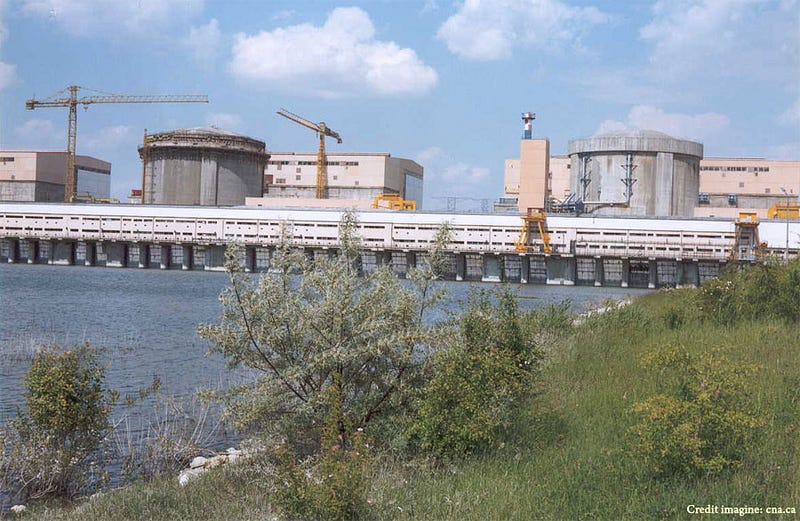Understanding Nuclear Power Plants: A Comprehensive Overview
Written on
Chapter 1: Introduction to Nuclear Power
Nuclear power plants have been operational for over fifty years, with the first facility constructed in 1954 in Russia for commercial electricity generation. But what is the mechanism behind their operation? This article will provide a clear and concise explanation of how atomic energy is transformed into electrical energy.
A nuclear power plant is a sophisticated system designed to generate electricity from thermal energy. Essentially, thermal energy is produced through a controlled nuclear fission reaction occurring within the nuclear reactor. In simpler terms, these plants produce electricity by splitting uranium atoms, a process that releases heat, subsequently converting water into steam. This steam drives turbines connected to generators that produce electricity.
Section 1.1: Understanding Uranium
Uranium is the heaviest naturally occurring element, with an atomic nucleus containing 92 protons and typically 146 neutrons, resulting in a mass number of 238 (symbol: 238U92). The majority of uranium found in nature is U-238, while only about 0.7% is U-235. The latter is crucial for electricity generation because it can be easily split and releases significant heat upon fission.
You may have encountered the term "enriched uranium." This refers to the process of increasing the U-235 concentration in natural uranium, primarily composed of U-238, to about 2% to 3%. This uranium enrichment is vital for effective electricity production.
Subsection 1.1.1: The Process of Nuclear Fission
Within the nuclear reactor, U-235 atoms are bombarded with neutrons. This interaction causes the uranium atoms to split into two smaller atoms (typically krypton and barium), releasing 2 or 3 additional neutrons and a substantial amount of energy in the form of heat. This reaction is known as nuclear fission.

Section 1.2: Control of Fission Reactions
The energy released from just one gram of U-235, which contains an astronomical number of atoms, is immense. Therefore, it is crucial to control the fission process to ensure only the necessary amount of heat is generated. This control is achieved by using heavy water to moderate the neutrons. Additionally, rods made of cadmium or barium are inserted into the reactor to absorb neutrons, maintaining a consistent power output over time. By slowing down the neutrons released during fission, the likelihood of atomic collisions that generate heat increases, sustaining the chain reaction that amplifies energy production.
Heavy water, chemically known as D2O (or 2H2O), behaves similarly to regular water but contains hydrogen atoms with an additional neutron, classifying it as deuterium or heavy hydrogen.
Chapter 2: Visual Insights into Nuclear Energy
In this video titled "Nuclear Reactor - Understanding how it works," you'll gain a deeper understanding of the workings of nuclear reactors.
The second video, "Nuclear Power - How it works," provides an overview of the principles and mechanics behind nuclear power generation.